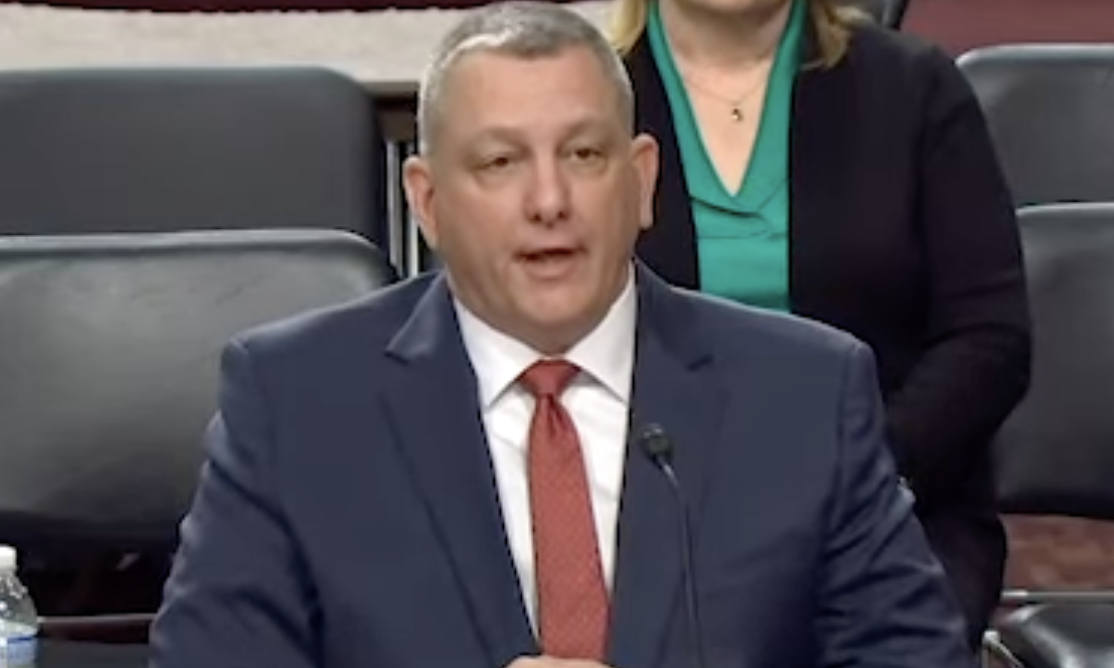
WASHINGTON, DC. — In testimony to the Senate Armed Services Committee Tuesday, Vice Admiral Scott Pappano, President Donald Trump’s pick for principal deputy administrator of the National Nuclear Security Administration, was asked by Chairman Roger Wicker (R-Miss.)…